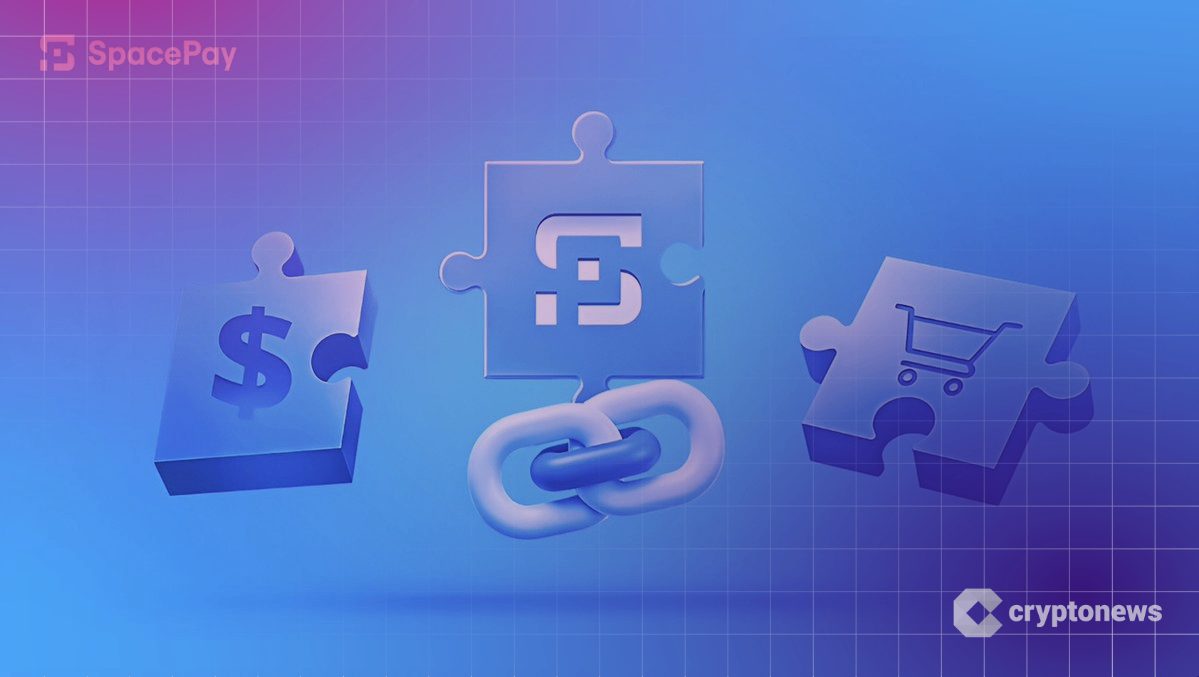Why Decentralized Payment Control Makes SpacePay a Top Project to Watch

SpacePay says it operates on a fully decentralized architecture where users maintain complete control over their funds and payment data.
In contrast to centralized payment platforms that hold customer assets and personal information, SpacePay executes transactions through trustless protocols.
The project offers access to a payment system where no company controls user funds.
Centralized Payment Systems Put User Funds and Privacy at Risk
Through custody models, traditional payment processors like PayPal, Stripe, and credit card firms keep total control over consumer funds.
Without the user’s permission, these platforms have the ability to reverse transactions, freeze accounts, or refuse service due to corporate policies.
Large volumes of consumer payment data are stored on centralized systems, making them appealing targets for hackers.
Millions of consumers are concurrently at risk of financial fraud and identity theft due to data breaches at large payment processors.
Centralized Platform Risks:
Companies change fee structures and terms of service without community input or approval. Lack of transparency allows platforms to extract hidden costs through currency conversion markups and processing delays.Centralized crypto payment platforms claim to offer blockchain benefits while maintaining custody of user funds. These services require transferring cryptocurrency to platform-controlled wallets before making payments.
Users lose the fundamental cryptocurrency advantage of direct peer-to-peer transactions without intermediaries.
How SpacePay’s Decentralized Architecture Returns Control to Users
SpacePay says it operates through trustless protocols where transactions execute directly between users and merchants without intermediary custody.
Users maintain complete control over private keys throughout the entire payment process. According to the team, no company or centralized entity holds customer funds at any point during transaction flows.
The decentralized system processes payments through smart contracts rather than platform-controlled channels. These automated protocols execute as programmed without requiring human oversight or approval from centralized authorities.
Decentralized Control Features:
On-chain governance gives token holders monthly voting power on platform proposals and strategic decisions. Device authentication and AES encryption operate within decentralized framework without centralized key management.The testnet currently running on Base Sepolia and Ethereum Sepolia networks proves decentralized functionality across multiple blockchains.
Multi-chain architecture prevents dependence on any single network or centralized development team. Users can verify transaction execution through public blockchain records rather than trusting proprietary platform databases.
SpacePay’s governance structure prevents a centralized team from making unilateral changes affecting users, the team says. Token holders vote monthly on features, partnerships, and token economics through transparent on-chain processes.
Private Key Ownership Makes This Project Different
SpacePay users maintain full custody of cryptocurrency assets until the exact moment of transaction authorization.
Payments are executed directly from user-controlled wallets rather than platform-held accounts. This architecture means SpacePay cannot lose user funds through platform hacks, company bankruptcy, or executive mismanagement, the team claims.
Private Key Security Advantages:
Users paying through SpacePay keep assets in their own wallets protected by personal security measures. Platform security breaches cannot expose user funds because SpacePay never holds customer cryptocurrency.The private key model works with 325+ different wallet applications because SpacePay doesn’t require fund transfers to proprietary addresses.
Users pay directly from MetaMask, Trust Wallet, Ledger, Coinbase Wallet, or any other compatible wallet.
Merchants benefit from decentralization through instant settlements without platform hold periods. SpacePay’s trustless settlement removes these delays because no centralized entity controls the settlement process.
Decentralized Model Enables Features Centralized Platforms Cannot Deliver
SpacePay’s 325+ wallet compatibility exists because decentralized architecture doesn’t restrict user choices to maintain platform control.
Centralized payment services limit wallet options to applications they partner with or develop internally. This restriction forces users to adopt specific wallets rather than using their preferred security and interface options.
The multi-chain support on Base Sepolia and Ethereum Sepolia testnet networks operates through decentralized protocols.
Decentralized Feature Advantages:
Flat 0.5% fee structure remains constant because no centralized entity extracts variable profit margins. Instant crypto-to-fiat conversion operates through decentralized liquidity pools rather than platform-controlled reserves.Revenue sharing distributes platform transaction fees to SPY token holders rather than concentrating profits in corporate accounts, the project claims.
Also, SpacePay’s presale ends by the end of November. The $1.45 million raised follows $750,000 in private investment that supported the decentralized approach before the public offering.
This project offers actual user control through private key ownership rather than marketing claims about decentralization.
Learn more:
Website: https://spacepay.co.uk/
Social: https://x.com/spacepayltd
The post Why Decentralized Payment Control Makes SpacePay a Top Project to Watch appeared first on Cryptonews.



